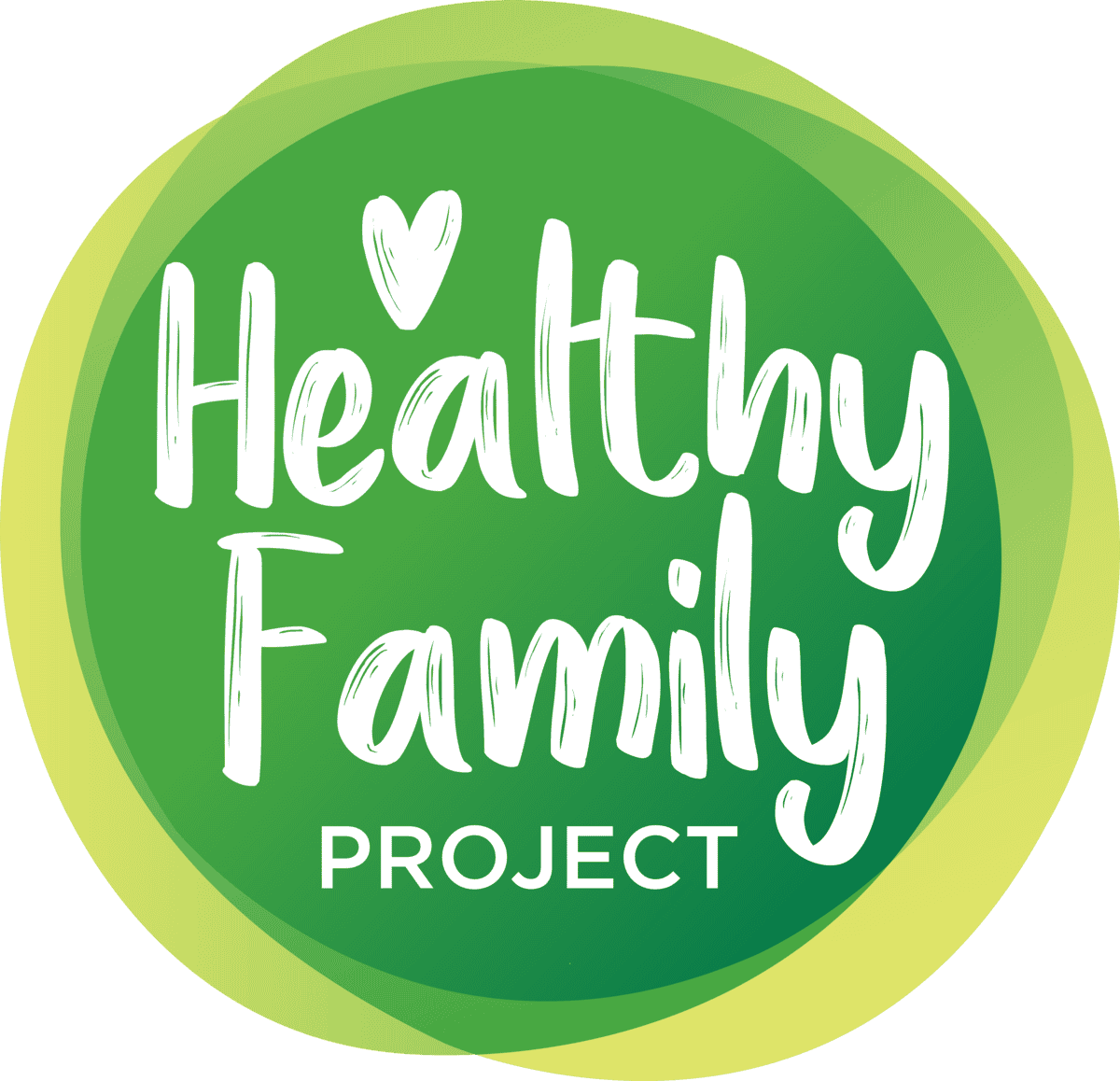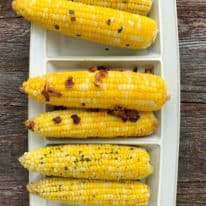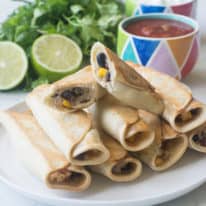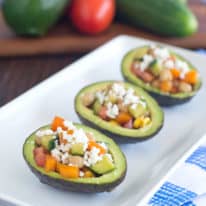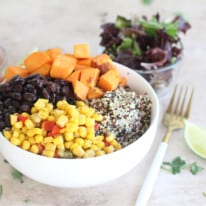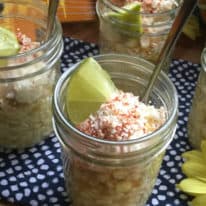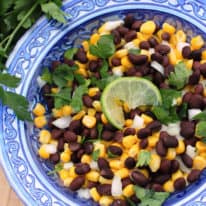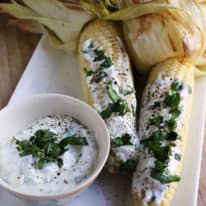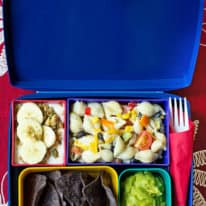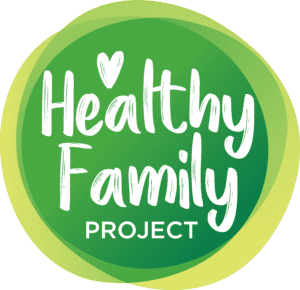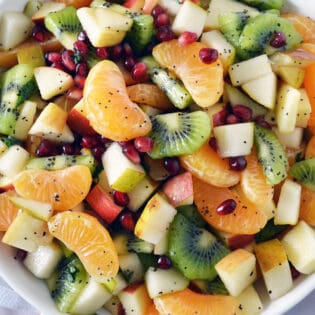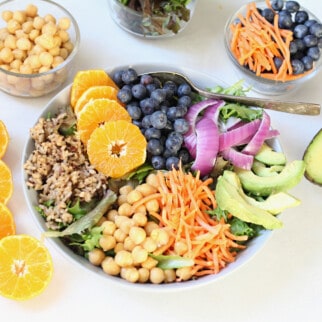Corn

Seasonality:
- Corn is in season May through October.
We partnered with The Packer to showcase corn and some tips & tricks you may not know about it.
Health Benefits of Corn:
- Sweet corn is loaded with lutein and zeaxanthin, two phytochemicals that promote healthy vision. A midsize ear also offers a helpful 3-gram dose of dietary fiber.
- Corn is rich in vitamin B constituents, especially Thiamin and Niacin.
- Corn contains abundant minerals which positively benefit the bodies in a number of ways. phosphorous, along with magnesium, manganese, zinc, iron and copper are found in all varieties of corn.
How to Select Corn:
- Look for grassy green, tightly wrapped husks. The silk should be glossy and pale yellow, the stem moist.
- Feel the kernels through the husk. You want to make sure that they’re plump and plentiful. If you can feel holes where kernels should be, choose another.
- Look for tassels (those things sticking up out of the top) that are brown and sticky to the touch. If they’re dry or black, then it’s an old ear of corn.
How to Store Corn:
- Corn should be refrigerated, uncovered with husks still intact, up to 3 days.
How to Prepare Corn:
- To boil: Peel back husks, remove silk and boil in water about 10 minutes.
- To grill: Soak unshucked ears in water for at least 30 minutes. Toss unshucked ears on the grill, turning every 5 minutes, until the corn is golden. Shuck them before serving.
Fun Facts About Corn:
- One ear of corn has about 16 rows and 800 kernels. The number of rows will always be an even number.
- Before WWII, most corn was harvested by hand. The first mechanical corn harvester was developed in 1930
- There was no corn in Europe prior to Christopher Columbus voyages to the new world. While in the West Indies, Columbus traded with the natives and brought corn back to Europe.

